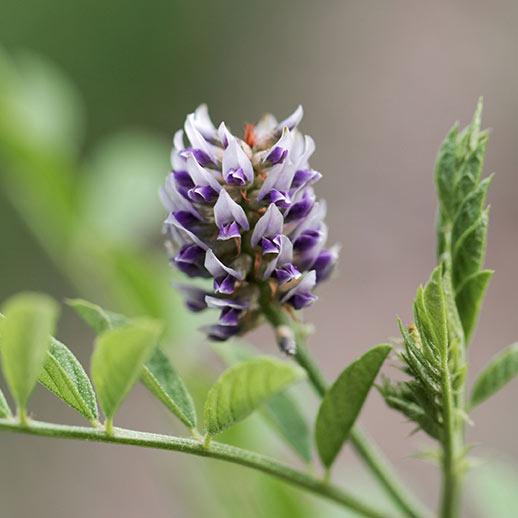Why Gaia Herbs?
Plant-Powered
Harnessing traditional wisdom, delivering Nature's vitality
Potent
Full spectrum formulas for an herb's full array of beneficial compounds
Purity Tested
All products are screened for pesticides, microbes & heavy metals
Transparent
Know what's in your supplement— Meet Your Herbs to learn more
